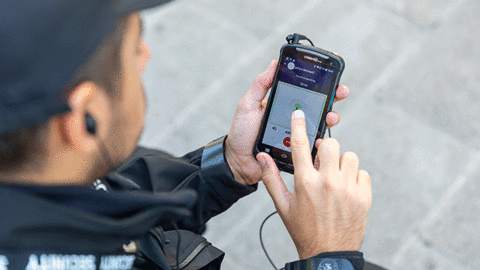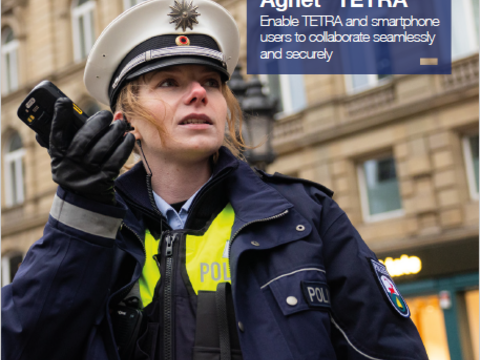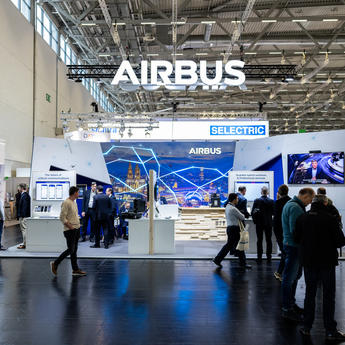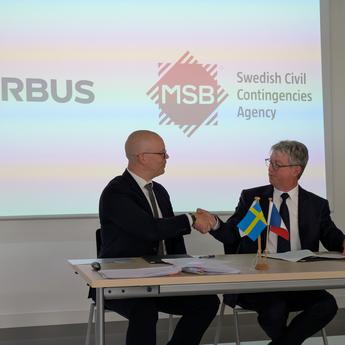Building on what already works
Expanding from TETRA to broadband with hybrid solutions

TETRA networks have been in use since the late 1990s, providing a highly reliable foundation for mission-critical communications. Many organisations continue to operate reliable TETRA systems, but at the same time the interest in adopting new broadband technologies is growing. In many industries, operators have adopted a hybrid approach that builds on the strengths of TETRA—continuing to deliver dependable voice communication—while broadband networks are introduced to meet rising expectations for rich data, particularly the transmission of images and video, which will enhance the operations of mission-critical users.
This article explores the evolution to broadband, which is especially relevant in today’s global context, as well as the concerns around adopting broadband technologies, and how hybrid solutions can make the transition smoother.

Reliability and availability raise common concerns about shifting to broadband
As of today, radio communication is the lifeline for many professionals, such as public safety organisations and global businesses. If it stops working, people cannot work, and lives are endangered. For this reason, TETRA systems will continue to play an important role while organisations eventually transition fully to broadband. The proven reliability and availability of existing TETRA networks remain a strong asset, and this is where the hybrid approach shows its value. The gradual introduction of broadband capabilities allows the TETRA system to continue to function.
The biggest risk commonly associated with transitioning from TETRA to 4G/5G is disrupting the communications system, which serves as the backbone for all operations in user organisations. Additionally, operators who rely on TETRA are concerned that broadband services may not consistently deliver the required level of reliability.
This is where hybrid solutions come into play. By maintaining TETRA alongside broadband, the hybrid model ensures stability and continuity, which are crucial factors for mission-critical communications that demand uncompromising dependability.
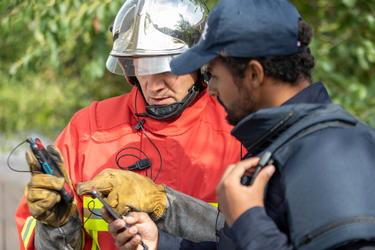
Hybrid networks ease the shift from TETRA to broadband, but only with a robust solution and careful strategy
Simply replacing one technology with another is not a viable strategy. Moving from TETRA to broadband demands careful planning, strong operator and user involvement, and deep expertise. When these factors are properly addressed, a hybrid approach becomes an excellent solution.
Key considerations when moving from narrowband to broadband
- Flexibility – Transition that works for all stakeholders, from operators to user organisations.
- Continuity for users – Day-to-day work continues uninterrupted; smart devices support critical communications with familiar features.
- Seamless connectivity – Voice, messaging, and apps function consistently across TETRA and broadband, without adjustments.
- Control room evolution – Command and Control systems can adopt mission-critical broadband step by step.
- Future-ready roadmap – The broadband ecosystem expands and enriches naturally as transition progresses.
Early involvement of users is essential to ensure the project scope is accurate and that the transitioning plan reflects their real operational needs. By engaging users from the beginning, organisations can avoid misaligned expectations and create a roadmap that truly supports day-to-day work.
Another important consideration is that new capabilities should enhance the system without taking existing value away. The solution must deliver the same level of coverage and availability as existing TETRA services, while also accommodating the special requirements introduced by rich data integration.
Introducing a system that fails to support established workflows would quickly undermine trust. It would disrupt operations, degrade service levels, and ultimately prevent the new system from being accepted. Likewise, shutting down a well-functioning legacy system and forcing a hard migration would create unnecessary risks in terms of budget, continuity, functionality, and user acceptance.

Many industries are already embracing hybrid networks – and the demand is growing
Hybrid networks are already being adopted across several industries where daily operations depend on both reliable voice and richer multimedia data services. For example, public safety organisations, transportation providers, energy companies, and oil and mining operations have all found value in combining TETRA with broadband.
Although many operators may still rely on TETRA radios, they are already considering moving to broadband for additional capabilities. In facilities such as oil plants and mines, as well as in public transportation companies, TETRA remains vital for dependable voice, while broadband adds situational awareness by enabling the transmission of live video to dispatchers in control rooms.
Future outlook
The move to hybrid solutions isn’t just about solving today’s challenges; it’s about building a foundation for tomorrow. As industries continue to digitalise, new technologies such as IoT and AI will make communications smarter, more automated, and capable of delivering predictive insights that improve both safety and efficiency. Also, the adoption of 5G ensures that organisations are not simply applying a temporary fix but are embracing a long-term strategy for next-generation connectivity.
Ultimately, the hybrid approach is a stepping stone toward full broadband. By bridging the proven reliability of TETRA with the rich capabilities of broadband, organisations can evolve at their own pace, confident that each step brings them closer to a communication system that is more powerful, flexible, and ready for the challenges ahead.

Agnet TETRA – A modern hybrid solution
Agnet TETRA offers hybrid communications at its best. Our carefully managed hybrid approach, with both existing and new technologies working together, offers a smooth, safe, and cost-effective transition path. By bringing together TETRA and smartphones, Agnet TETRA brings secure group communications to professionals, even when they are using different types of devices. It fully supports existing operational use cases and ensures seamless interoperability with control rooms, making it the ideal solution for organizations looking to enhance communications without disrupting established workflows.
The solution helps to eliminate disruptive changes by using existing management capabilities for Agnet TETRA users, TETRA radio users and control rooms. For example, the same management tools remain in use, and internal access rights—once properly configured—continue to apply seamlessly. In this model, mission-critical voice can continue over TETRA, while broadband makes it convenient to extend critical communications, such as voice and video, directly to smartphones.
